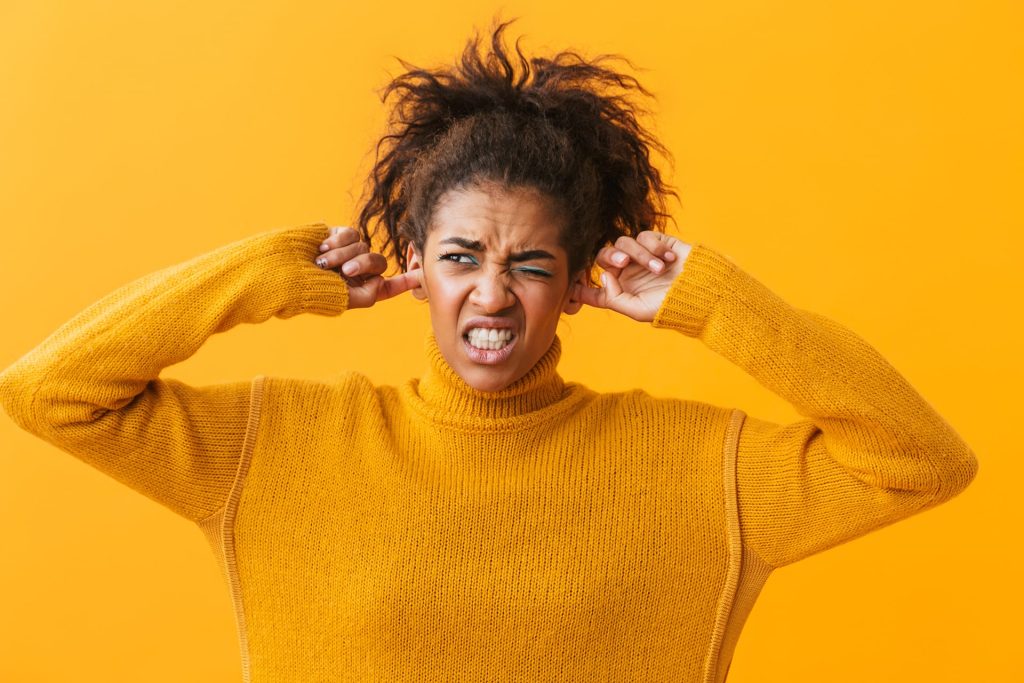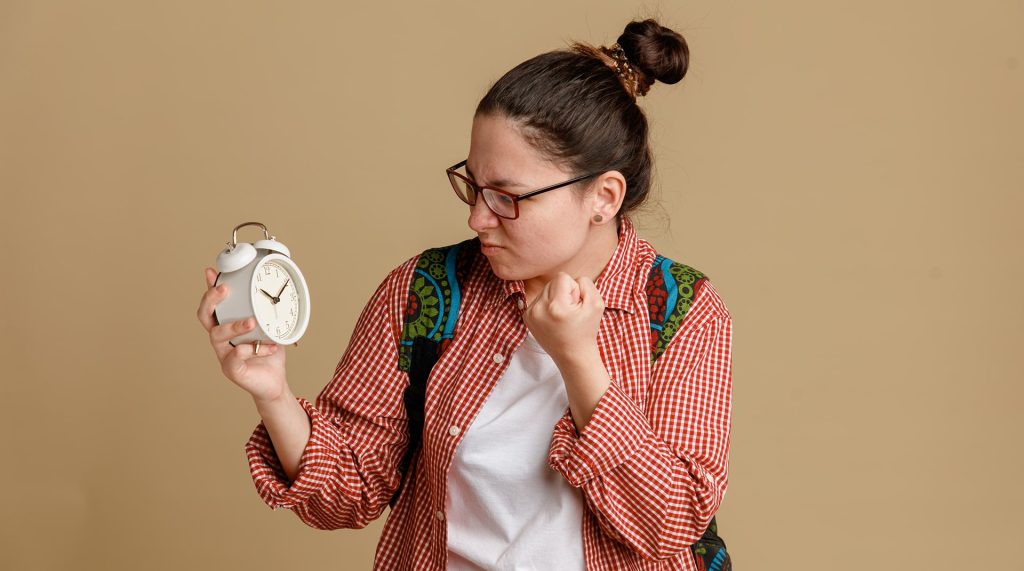Do you (or someone you know) ever experience intense negative reactions to specific sounds? Do these reactions seem “over-the-top” to the people around you? If so, you may be experiencing a medical phenomenon known as misophonia.
But what is Misophonia, and how can it be treated? Keep reading for more information on this little-known sensory disorder.
What is Misophonia?
Misophonia, also known as selective sound sensitivity syndrome, is a condition wherein a person is hypersensitive to certain sounds. People with misophonia hate or dislike certain sounds so intensely that hearing them can cause immense distress and even trigger feelings such as anger, anxiety, and rage, as well as flight or fight responses.

While sounds that trigger misophonia can vary, they are most often attributed to oral noises, ie chewing, slurping, breathing, and more. It can also be triggered by clicking and tapping, amongst other things. In some cases, even small movements or visual stimuli can cause misophonia.
The reactions to these triggers can be so severe that it causes people to avoid situations where these sounds might be encountered. This can lead to debilitating or anti-social behavior, such as avoiding eating meals with people or avoiding certain public spaces.
What causes Misophonia?
The exact causes of misophonia are still unknown, however, it is likely to be a combination of mental and physiological issues. Doctors have noted that this condition initially tends to occur between the ages of 9 and 13, and more commonly affects women.
The condition often occurs alongside obsessive-compulsive disorder (OCD), Tourette syndrome, various anxiety disorders, and tinnitus. Some research has also suggested that there is a connection between misophonia and attention deficit hyperactivity disorder (ADHD) and autism spectrum disorder (ASD).

Various studies have also been conducted around the connection between misophonia and the parts of the brain that process sound and determine which sounds are most noticeable or disruptive to you. There are also connections to irregular brain activity and the parts of the brain that process emotions.
Misophonia Symptoms
If you or your loved ones are living with misophonia, you will likely have experienced a combination of these symptoms:
- Feelings of intense annoyance, irritation, rage, and/or disgust
- A disproportionate desire to react with physical or verbal aggression
- A tight feeling in the chest
- Increased heart rate and blood pressure
- Feelings of panic and anxiety in areas where these sounds occur
- A strong desire to avoid any situation or environment where these sounds can be encountered.
Misophonia Triggers
Here is a list of the most commonly observed sound and movement-related triggers for misophonia:
- Loud breathing, slurping, coughing, chewing, sniffing, sneezing, and other mouth-and-nose-related noises
- Ticking clocks, keyboards being pressed, machine whirring, and other mechanical noises
- Utensils clinking together
- Pens clicking, and pens and pencils being used for writing
- Rustling sounds
- Animal noises such as scratching, grooming, barking, and birds chirping.

Visual triggers may also instigate misophonia. These can include:
- Jiggling legs
- Scuffling feet
- Chewing
- Hands rubbing together
- And more
How To Treat Misophonia
While there is no known cure for misophonia, there are treatments that can help to soften or curb its negative effects.
Cognitive Behavioral Therapy
Cognitive Behavioral Therapy (CBT) can help misophonia sufferers to better understand their condition and their negative emotional reactions to sounds. This therapy can provide them with better mental strategies to manage their reactions, and help them reframe any negative thought patterns they may have in association with that sound.

Other therapies, such as dialectical behavior therapy (DBT) can further provide them with techniques to further manage their emotional reactions.
Coping Mechanisms
There are a number of practical coping mechanisms that can be administered in everyday life when someone’s misophonia is triggered. The effectiveness of these mechanisms will vary from person to person. They can include noise-canceling headphones, white noise devices, listening to music, politely approaching the person causing the noise, or using mantras as a distraction. These tactics can all be used in situations where the person cannot leave the area where the noise is occurring.
Tinnitus Retraining Therapy
Tinnitus Retraining Therapy (TRT) is typically used to treat tinnitus, a condition where people hear ringing consistently throughout the day that only they can hear. TRT is a form of therapy used to help tinnitus sufferers learn to tolerate this persistent ringing so they can carry on with their everyday lives.
By extension, TRT can also be effective in helping people with misophonia to better tolerate their triggers.
If you are someone who experiences physical triggering by specific sounds, it can be hard to know if you have misophonia or if you are just sound sensitive. Thankfully, there are misophonia tests that you can take online to see if this condition applies to you.
If you, your child, or a loved one are on the autism spectrum and may be suffering from misophonia, our team at Bolling ABA may be able to help. We offer free consultations for individuals with autism or related disorders, which you can arrange by sending us an email or calling us at 404.981.4105.





Recent Comments